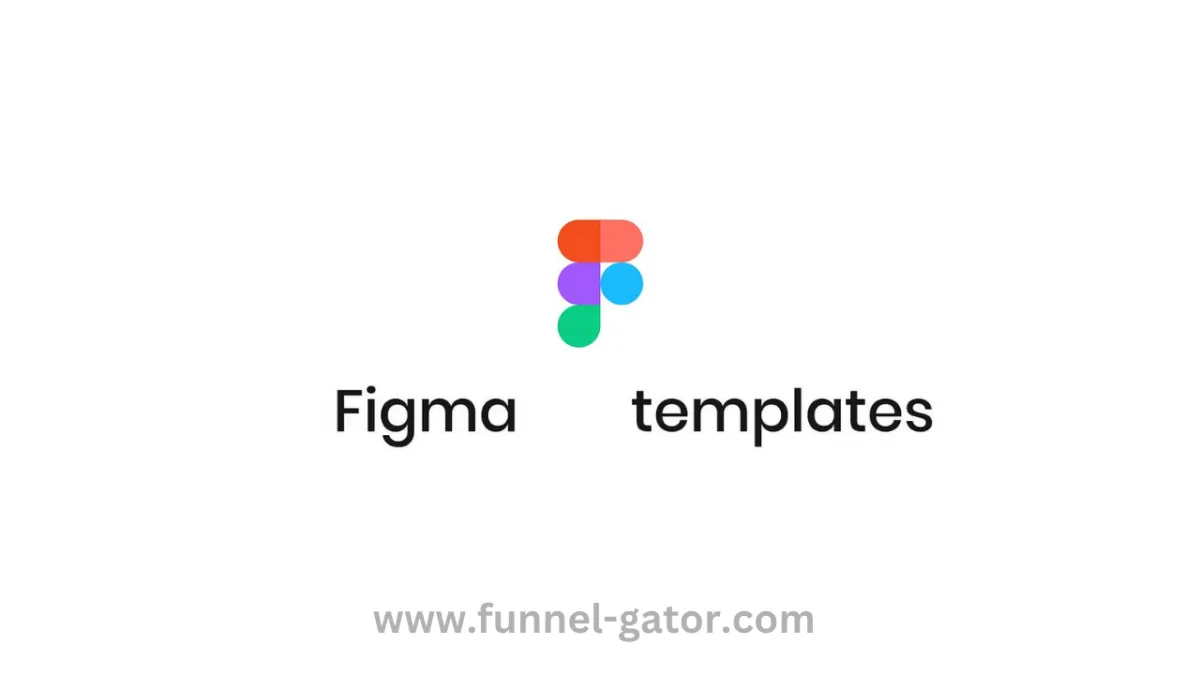
Figma Website Templates: Your Ultimate Guide to Stunning Web Design
If you’ve ever wanted to build a beautiful website without knowing how to code or spending a fortune on a designer, you're not alone. I remember helping a friend start his small online clothing business — he was passionate, had a solid product, but absolutely no clue where to begin with web design. That’s when we discovered Figma website templates — and it changed everything.
Today, Figma is more than just a design tool. It’s become a go-to platform for freelancers, entrepreneurs, and even big companies looking to prototype, design, and collaborate on digital products — especially websites.
In this article, we’ll explore:
What Figma website templates are
Why they’re incredibly useful
A step-by-step guide on how to use them
Where to find the best templates
And why they might be the smartest investment for your next project
What Are Figma Website Templates?
Simply put, Figma website templates are pre-designed layouts created using Figma, a cloud-based design tool. These templates include ready-made pages, UI elements, buttons, and often, multiple screen sizes like desktop and mobile.
Think of them like website blueprints. You can take these blueprints, customize the text, change the images, tweak the colors, and build a professional-looking site in record time — no coding required.
Why Use Figma Templates for Web Design?
Let me paint a quick picture.
Imagine you're launching a tech blog. You need a homepage, an article page, maybe an About page. You sit there staring at a blank screen, unsure where to start. Sound familiar?
That’s where Figma templates save the day. Here’s why they’re a game-changer:
🕒 Save Time – No need to start from scratch
🎨 Design Consistency – Templates are created by pro designers
🛠️ Fully Customizable – Fonts, colors, layout — change it all
📱 Responsive Layouts – Templates are optimized for mobile and desktop
🧠 Learn Design Best Practices – See how professionals build real-world designs
In fact, many design teams use Figma UI kits and templates to rapidly prototype websites before handing them off to developers. It bridges the gap between idea and execution.
Step-by-Step: How to Use a Figma Website Template
If you’ve never used Figma before, don’t worry. Here’s a simple, no-fluff guide to getting started with your first template.
Step 1: Create a Free Figma Account
Head over to Figma.com and sign up. The free version is more than enough to get you going.
Step 2: Choose a Template
There are tons of great sources. Some popular ones include:
Look for Figma website templates that fit your niche — e.g., eCommerce, SaaS, portfolio, blog, etc.
Step 3: Duplicate the Template
Once you find a template you like, click “Duplicate to your drafts”. It will instantly copy to your workspace.
Step 4: Customize the Template
Now the fun begins:
Change the text to match your brand
Replace images using the drag-and-drop feature
Modify colors and fonts to match your style
Add new pages or remove the ones you don’t need
Figma is super intuitive — most users feel comfortable after a few minutes of playing around.
Step 5: Share or Export
Once your design is ready, you can:
Share the Figma file with a developer
Export assets like images or SVGs
Use tools like Framer or Webflow to turn your design into a live site — no code needed!
Where to Find the Best Figma Website Templates
Not all templates are created equal. You want something modern, well-organized, and flexible. Here are a few platforms where you’ll find top-tier designs:
1. UI8
A massive collection of premium templates. They're a bit pricier but worth every penny. Check them out.
2. Envato Elements
Perfect for those who want unlimited downloads. A subscription gives you access to thousands of Figma website templates. Explore here.
3. Figma Community
Many talented designers share free templates here. It's a great place to explore and experiment. Visit Figma Community.
Real Talk: Why I Recommend Buying a Premium Template
You might be tempted to go for free templates — and that’s fine when you’re just getting started. But if you’re serious about your business or portfolio, premium templates are a smart move.
Here’s why:
Better design quality
Well-structured files (easy to edit)
More pages and components included
Often includes support or updates
In short, you get what you pay for.
When I helped that friend of mine launch his website, we invested $39 in a premium SaaS template. Within two weeks, his site was live. He started getting inquiries from day one — and honestly, people kept complimenting the design. That $39 turned out to be one of the best business investments he made.
Tips Before You Buy
Here are some quick things to consider:
✅ Check reviews
✅ Make sure the template includes mobile versions
✅ Look at how organized the layers and components are
✅ Confirm it’s compatible with your chosen builder (e.g., Framer, Webflow)
Final Thoughts
Using Figma website templates is one of the smartest ways to launch a stunning website without the usual stress. Whether you're a freelancer, entrepreneur, or agency — they save you time, money, and headaches.
And with such a wide range of templates available, there’s truly something for every style and need.


